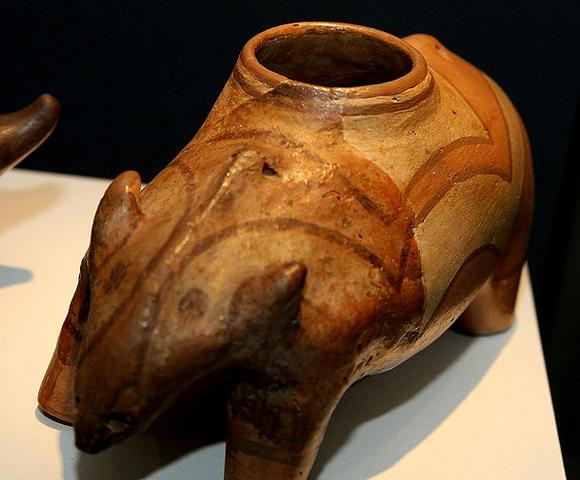Some 42,000-year-old human remains were discovered in the “Cave With Bones”, and being Europe’s oldest remains of Homo sapiens, they may represent the first modern humans to have entered the continent.
Among the oldest traces of human existence and activity found in Romania include those dating from the Paleolithic. These remains were found at Bugiule?ti (Vâlcea County), Ohaba-Ponor (Hunedoara County) or Valea Dârjovului (Olt County), belonging to some of the more distant human ancestors. According to studies of historical anthropology, these hominids used carved stone tools, were gatherers, fishermen and hunters, lived organized in bands and were sheltered in caves and hollows.
The first manifestations of prehistoric art on current Romanian territory are the cave drawings from L?pu? (Maramure? County) and Cuciulat (S?laj County). Statues, such as those from Baia (Tulcea County) for example, are representations of male and female deities, expressions of the cult of fecundity predominantly in the Stone Age.
The Neolithic Age Cucuteni area in Northeast Romania was the Western region of the earliest European civilization known as the Cucuteni-Trypillian culture.
Related Listing
-

Antiquity
The earliest written evidence of people living in the territory of the present-day ...
-

Middle Ages
Gesta Hungarorum, also known as the Chronicle of Anonymus, mentioned the existence of ...
-

Independence and monarchy
During the period of Austro-Hungarian rule in Transylvania and Ottoman suzerainty over Wallachia ...










Recent Reviews